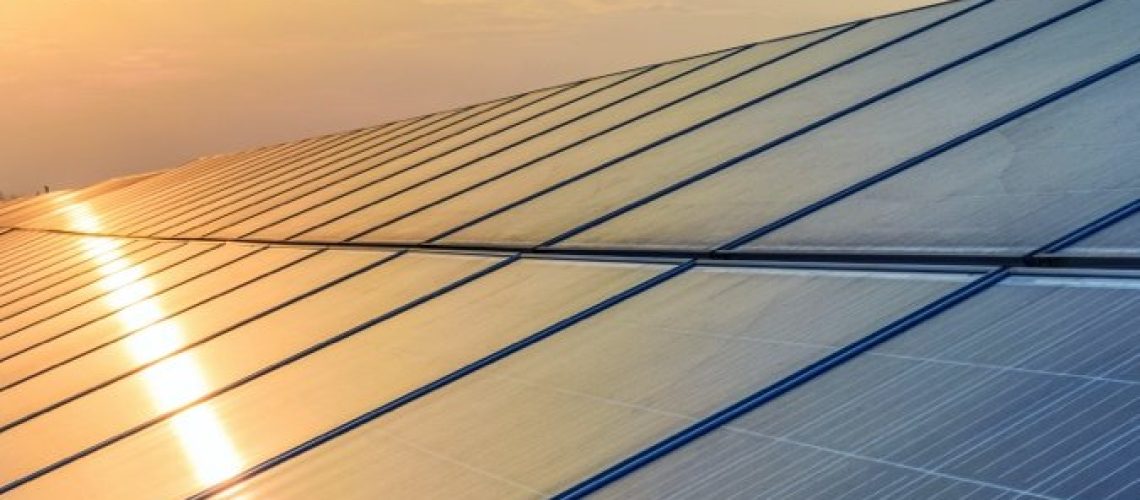The National Wildlife Federation (NWF) has released a new report that provides guidelines for renewable energy development on public lands. Following the Biden administration’s proposed rule to accelerate wind and solar development on public lands, the report outlines best practices for projects while safeguarding wildlife, protecting communities and cultural resources, and expanding economic opportunities.
The report provides elected officials, state and federal agencies, and energy developers recommendations to minimize solar and wind energy developments’ potential harmful impacts while also swiftly scaling up their deployment to reach the nation’s climate and emissions-reduction goals.
“Wind and solar development on our lands and waters will be part of the transition to clean sources of electricity, but we have to be smart about how we do this,” said Shannon Heyck-Williams, associate VP of climate and energy at the National Wildlife Federation. “If we get this buildout right, we can reduce impacts to wildlife and take steps to address the concerns of affected communities, including Iow-income, rural and Indigenous people that are often left out of these discussions.”
In conjunction with the report, the NWF has also released a six-minute film about the need for hunters and anglers to advocate for responsible energy development that safeguards wildlife, public lands, and sporting traditions.
“Hunters and anglers are on the front lines of climate change. We know as well as anyone that we absolutely must transition away from fossil fuels,” said Aaron Kindle, director of sporting advocacy at the National Wildlife Federation. “But with all development comes impacts, so we also must advocate for responsible renewables development to ensure that it does not sacrifice America’s incredible fish and wildlife values. Anything less than doing right by these species and the landscapes they rely on would simply be robbing Peter to pay Paul. This film is a call to action for sportsmen and women to advocate for implementing the right balance.”
The report urges elected officials, land managers and energy developers to maximize opportunities to generate clean energy elsewhere by removing obstacles to rooftop and community solar and prioritizing development on already degraded sites and near existing industrial and transportation corridors. Impacts should also be minimized by siting wind and solar facilities near transmission lines.
In addition to dozens of specific recommendations, the report states that new renewable energy development on public lands and waters should seek to:
- Minimize, mitigate, and monitor adverse impacts on wildlife and their habitats;
- Allow additional uses of public lands and waters where possible;
Consult early, often and meaningfully with disadvantaged and Indigenous communities as part of comprehensive efforts to minimize negative impacts; - Collaborate with state, local, and Tribal governments and stakeholders; and,
- Use the best available science, including Indigenous Knowledges, and information when making decisions.
This report, and the organization’s recent Clean Energy Transmission Policy Platform, set forth a comprehensive set of recommendations and guiding principles for responsibly transitioning to clean generation of electricity.
Tags: best practices, National Wildlife Federation, public lands, utility-scale



